Electric vehicles (EVs) have been around for a while but over the past decade have become incredibly popular. Its surge in popularity could be thanks to Tesla’s transformation of EVs from niche products into mainstream cars. While they may be beneficial to the environment, EVs do not come without their problems. Unfortunately, not all EVs are made equal and some could may eveb be terrible investment. In this article you’ll dicover some of the worst electric vehicles you can buy.
The Hidden Flaws of EVs
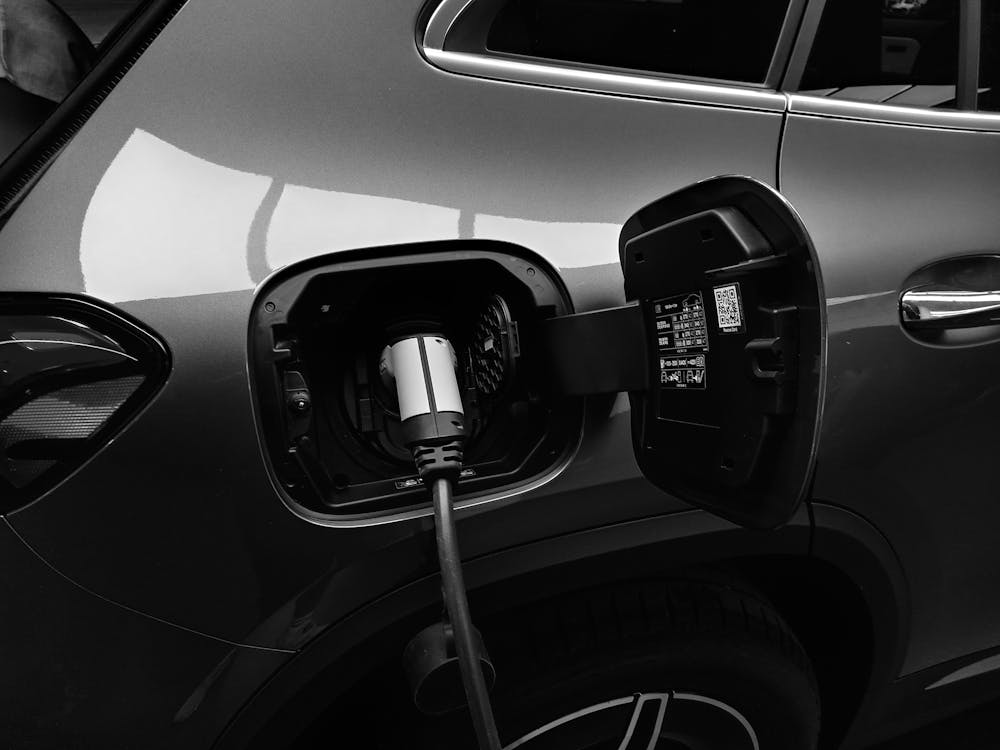
Sticker price, car features and overall design are usually the primary focus when purchasing a new car. However, there are hidden problems that should be taken into consideration to avoid future headaches and wasting money. Before choosing the right car for you, look into the vehicle’s transmission reliability, its depreciation rate, and potential repair costs. Here are 5 EVs that are not worth the headache and wallet drainage. Mateo, an expert and car mechanic with over 10 years experience spoke with GOBankingRates.com, weighing in on EVs he would never buy. Here are his his top five picks for the worst electric cars.
Read More: 20 Issues With Electric Vehicles (EVs) That Owners Complain About The Most
Nissan Leaf
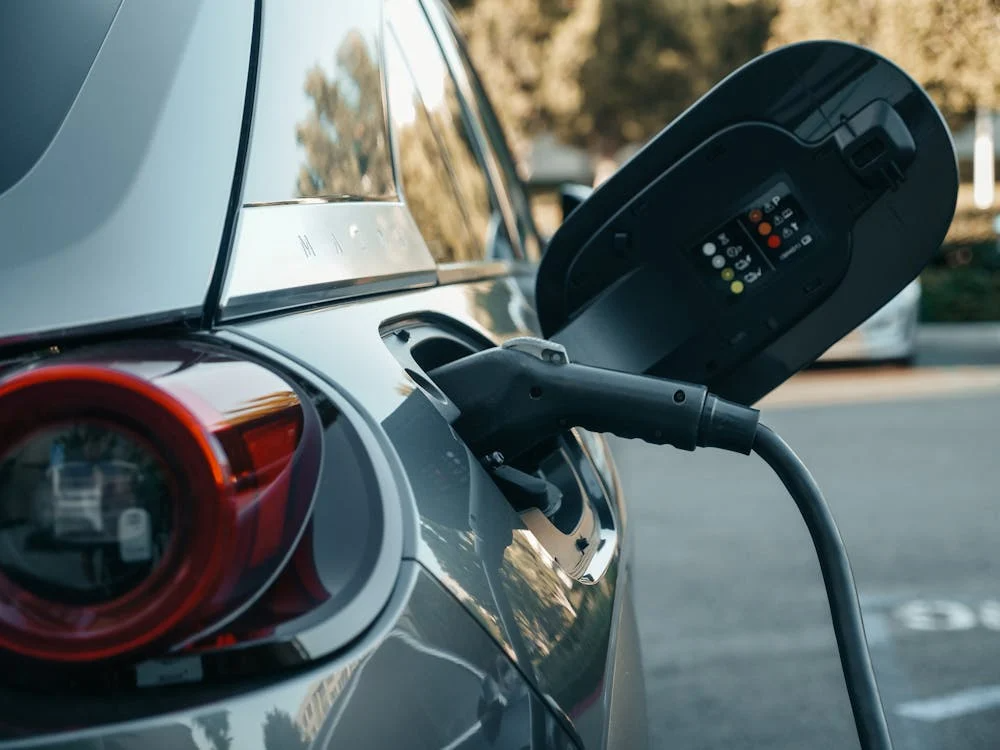
During the initial mainstream EV boom, the Nissan Leaf launched their first EVs in 2011. According to Mateo, the older models had a major flaw: their batteries degrade very quickly. These early Leaf models lack an active thermal management system which means the battery becomes too hot. The heat causes the battery to lose its ability to hold a charge much faster. Owners often complain that their range drops by half within a few years. This battery problem makes the early Leaf a risky purchase. Replacing the battery can cost thousands of dollars.
Chevrolet Bolt EV
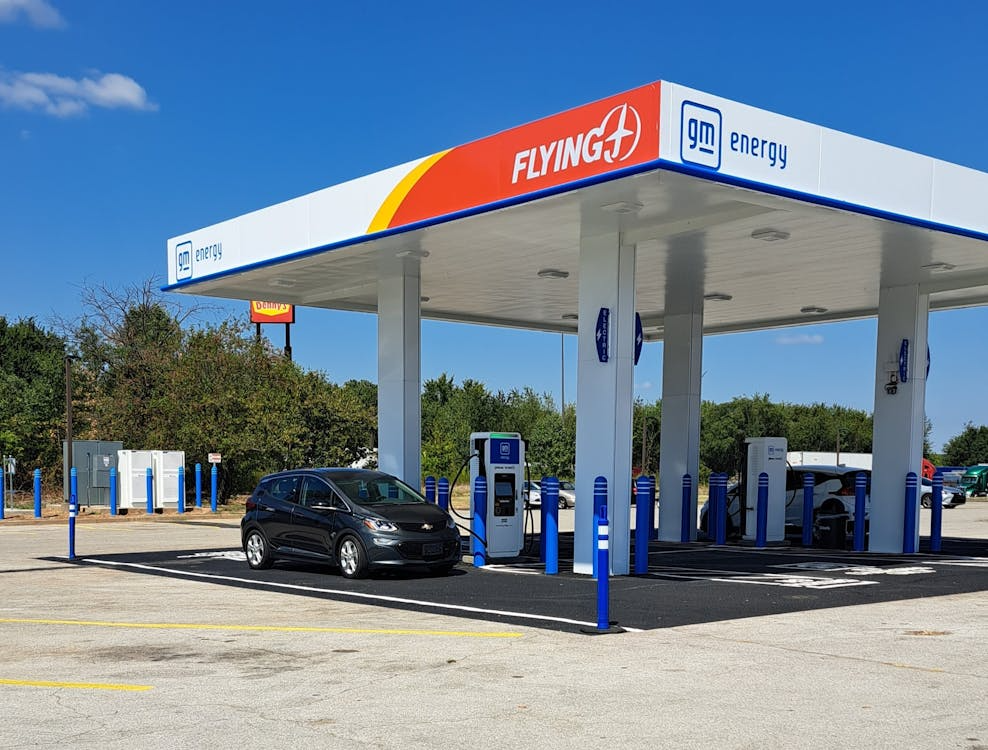
The Chevrolet Bolt EV offers an affordable entry into the EV market. In 2021, the manufacturer recalled all batteries for the model due to a dangerous flaw. Documented cases showed these cars catching fire. Faulty high-voltage battery packs caused the fires, and the company traced the flaw back to two specific manufacturing defects. “There have been cases of these cars catching fire due to faulty battery packs” said Mateo.
General Motors eventually expanded the recall. It included all Bolt EV and EUV models from 2017 through 2022. The company identified a torn anode tab and a folded separator within the same battery cell. This process cost the company more than one billion dollars.
Read More: The Truth Behind 7 Popular Electric Car Myths
Tesla Model S
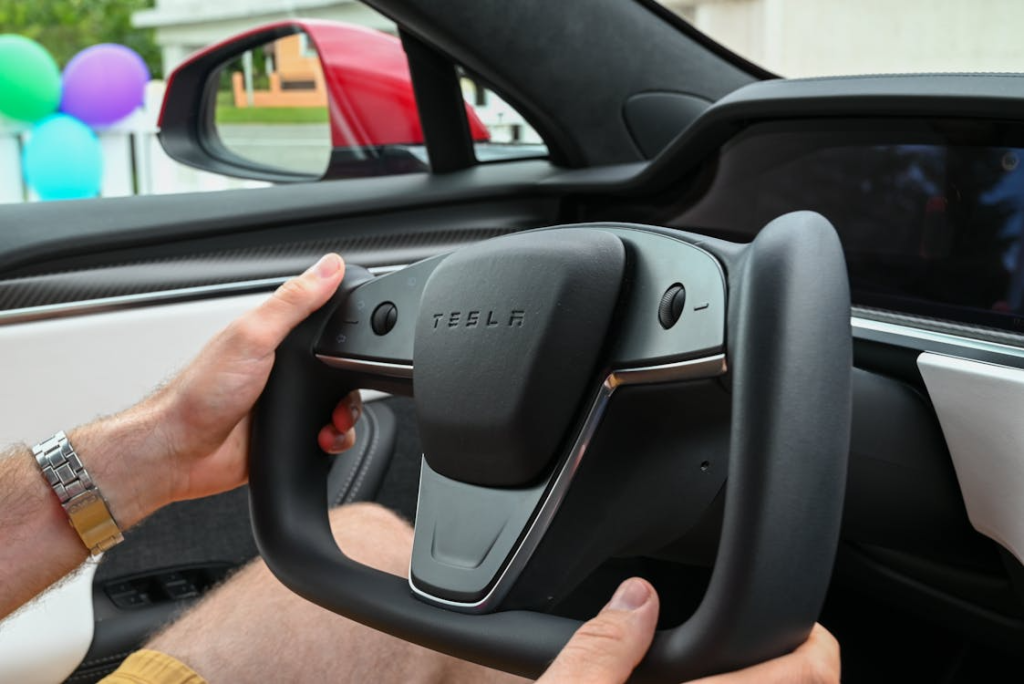
A leading name in the EV industry, Tesla is very well known amongst consumers. Yet, not all of its models are a wise purchase. Early versions of the Model S from 2012 to 2016 are known for many problems. Mateo stated that the first-gen Model S suffers from frequent door handle failures and touchscreen issues. The large center console screen could freeze or go blank.
Some owners also complained about software failure issues, which could be dangerous to owners while in transit. Early Model S vehicles have critical mechanical flaws in their air suspension and drivetrain issues. These repairs can be incredibly expensive to fix
BMW i3
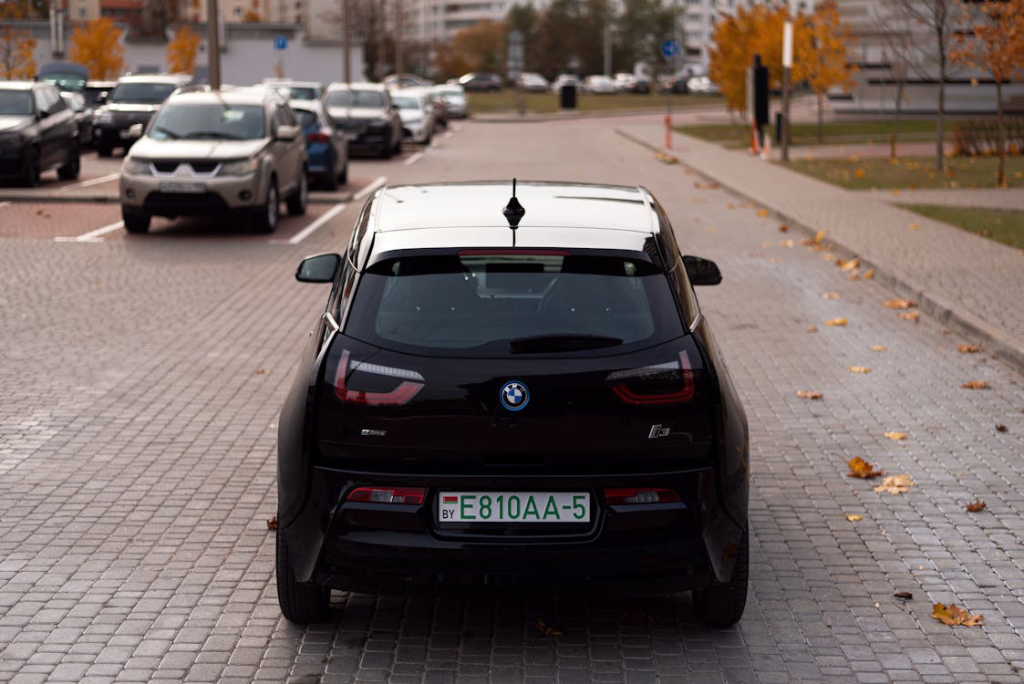
While BMW i3 was marketed as futuristic and compact, its small battery makes it one of the worst EVs to buy. According to Mateo, this results in a limited driving range compared to its competitors. Another massive drawback of the BMW i3, Mateo mentions, is its high maintenance costs. The car’s construction uses a lot of carbon fiber. While lightweight and strong, this material is very expensive to repair if it gets damaged.
On top of that, BMW parts and labor are not cheap. The average annual maintenance cost for an i3 is around $1,173. Some specific repairs are shockingly expensive. Replacing the AC compressor can cost over $2,500. If a cell in the high-voltage battery fails, a full replacement could cost tens of thousands of dollars. Mateo suggests that if high repair costs and travelling short distances are not in your budget, skip this EV.
Read More: Is the Move to Ban Gas Cars a Risk to Personal Liberty?
Jaguar I-Pace
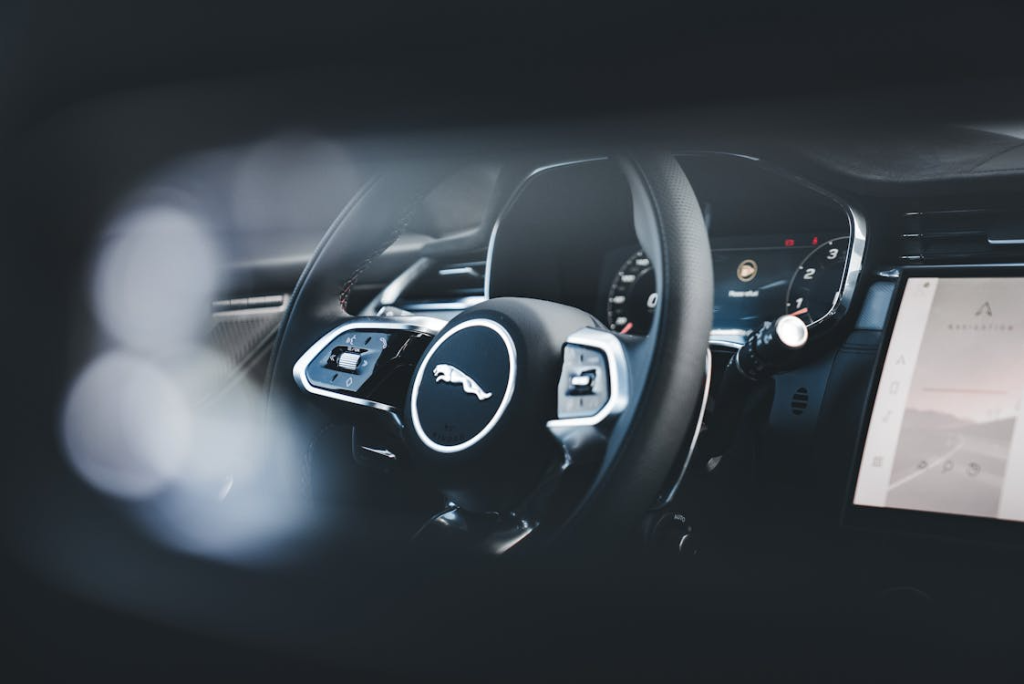
The Jaguar I-Pace entered the market as a luxury EV promising optimal performance and high class. Unfortunately, this pricey EV is plagued by reliability concerns. “This car has had software glitches, charging issues, and battery problems,” according to Mateo. These include failing battery management software and random warning lights. Sometimes these issues can leave the car completely undriveable until it is reset.
Repairing an I-Pace can also be a nightmare. Jaguar dealerships do not always have the correct parts and lack properly trained personnel for EV repairs. The I-Pace ranked poorly in reliability surveys, below many of its competitors. Mateo also warns about purchasing an I-Pace, as the car’s resale value has dropped significantly meaning it could be a wasted purchase.
The Importance of Software and Modern Engineering
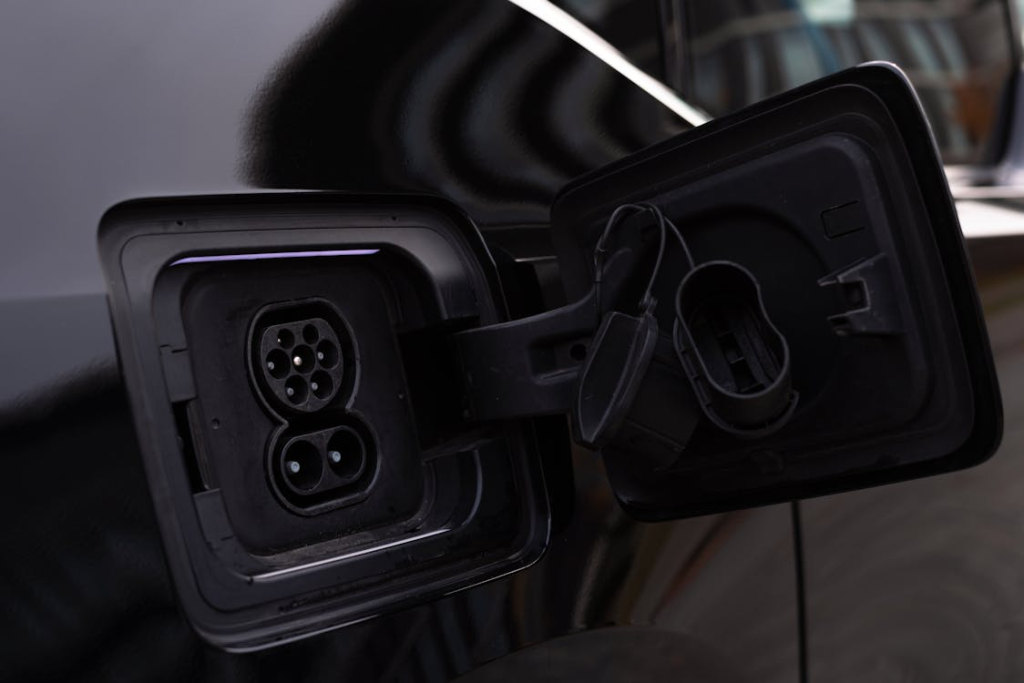
Many of these older EVs highlight the critical role of software. The Jaguar I-Pace suffered from persistent glitches and failing battery management systems. Early Tesla Model S sedans had faulty touchscreens that would freeze or go blank, requiring a hard reset or full replacement. These problems show that a car’s software is as important as its mechanical parts. Without reliable software, even a well-built car can become a frustrating experience for the owner.
Worst EVs: Knowledge is Power
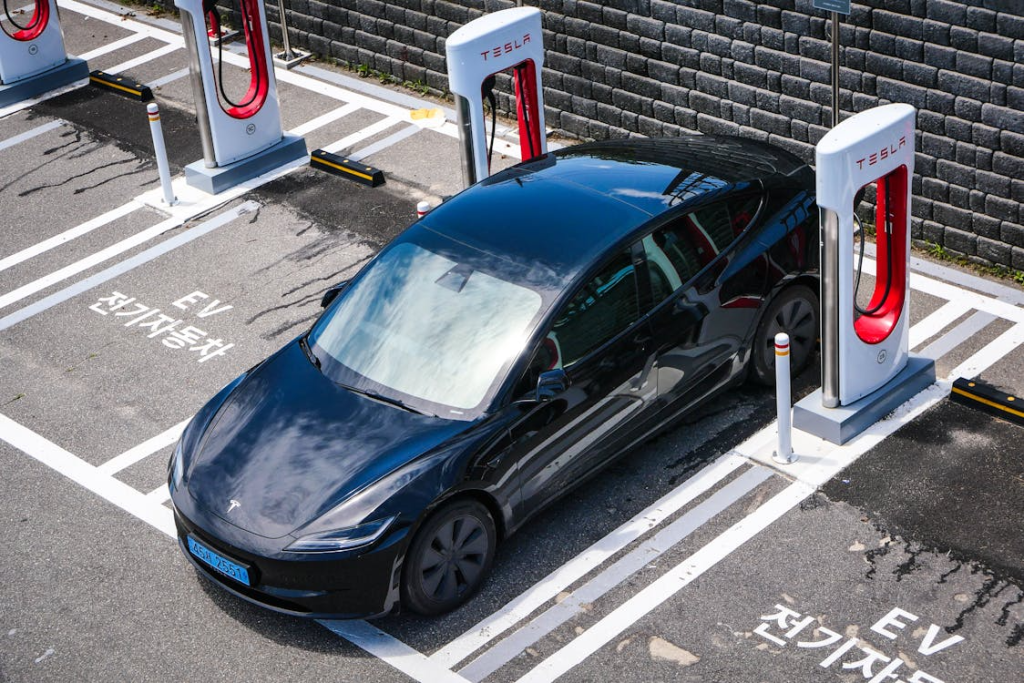
EV technology is constantly improving. However, not every electric car is worth the investment. It is essential for buyers to do their homework before making a purchase. You should look at reliability data from multiple trusted sources. Checking online forums for common owner complaints can also provide valuable insight into the real-world performance of a vehicle. This knowledge is your best defense against a bad purchase.
Read More: 12 States Aim to Phase Out Gas Cars While Demand Persists
